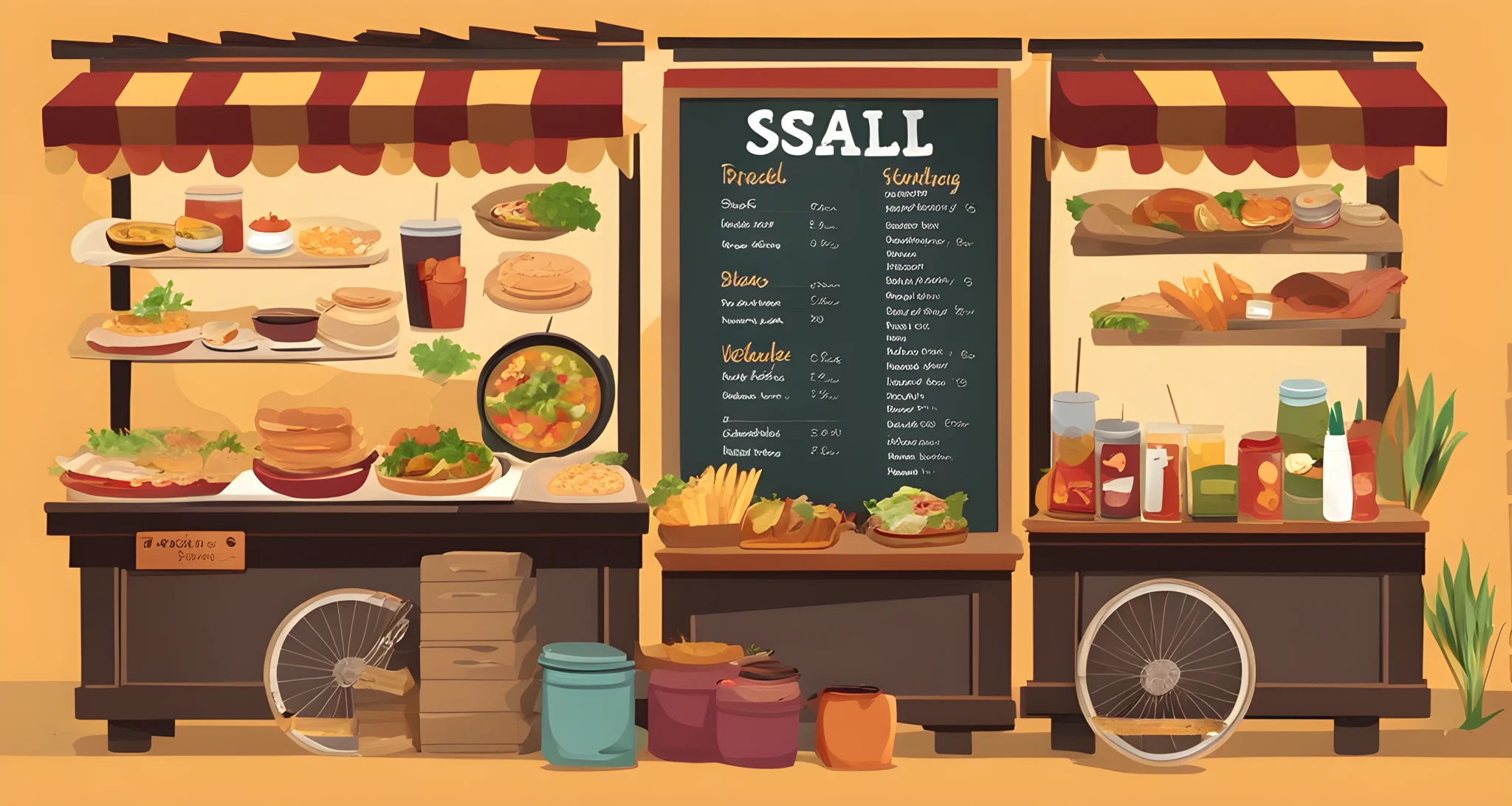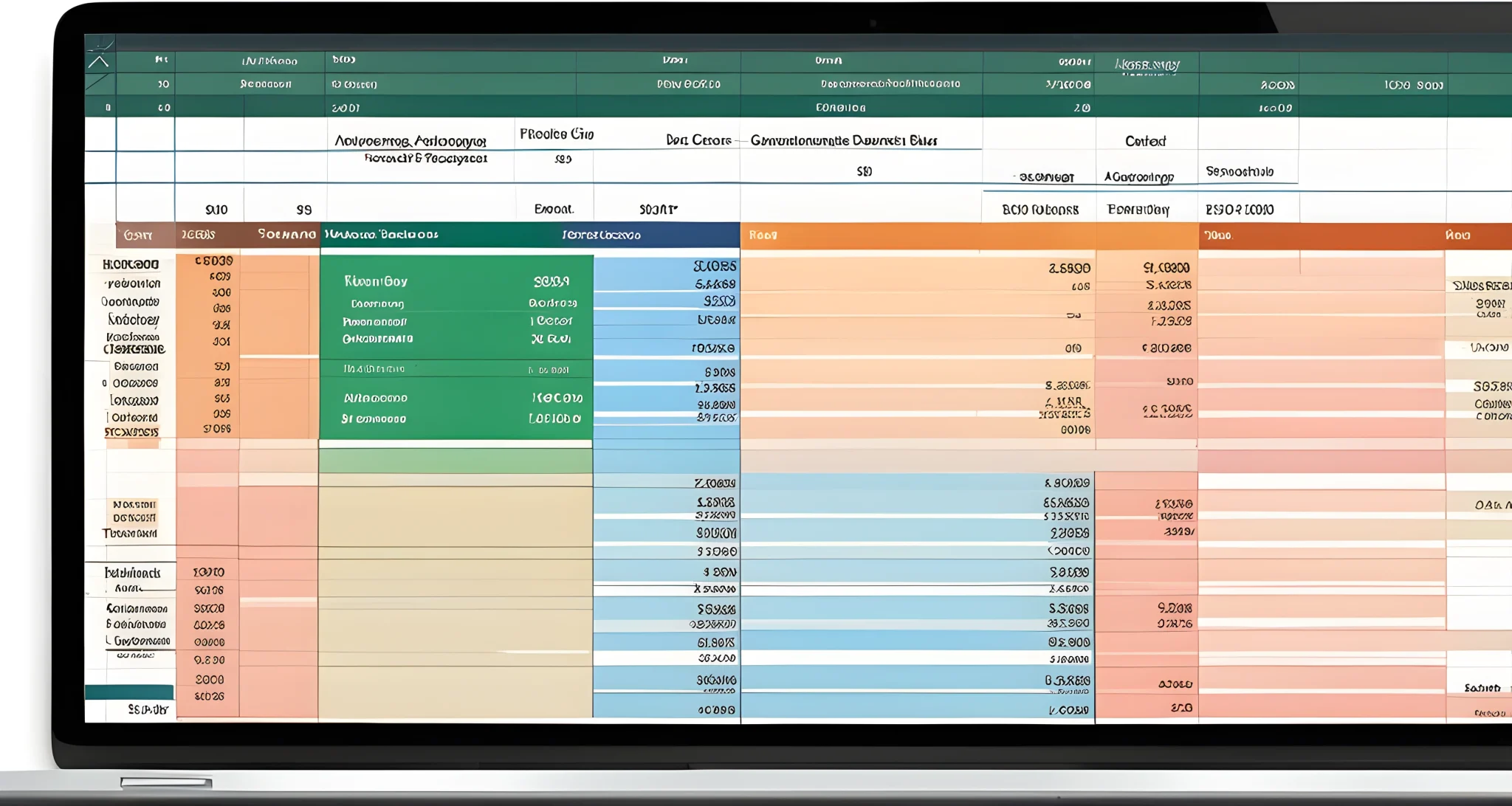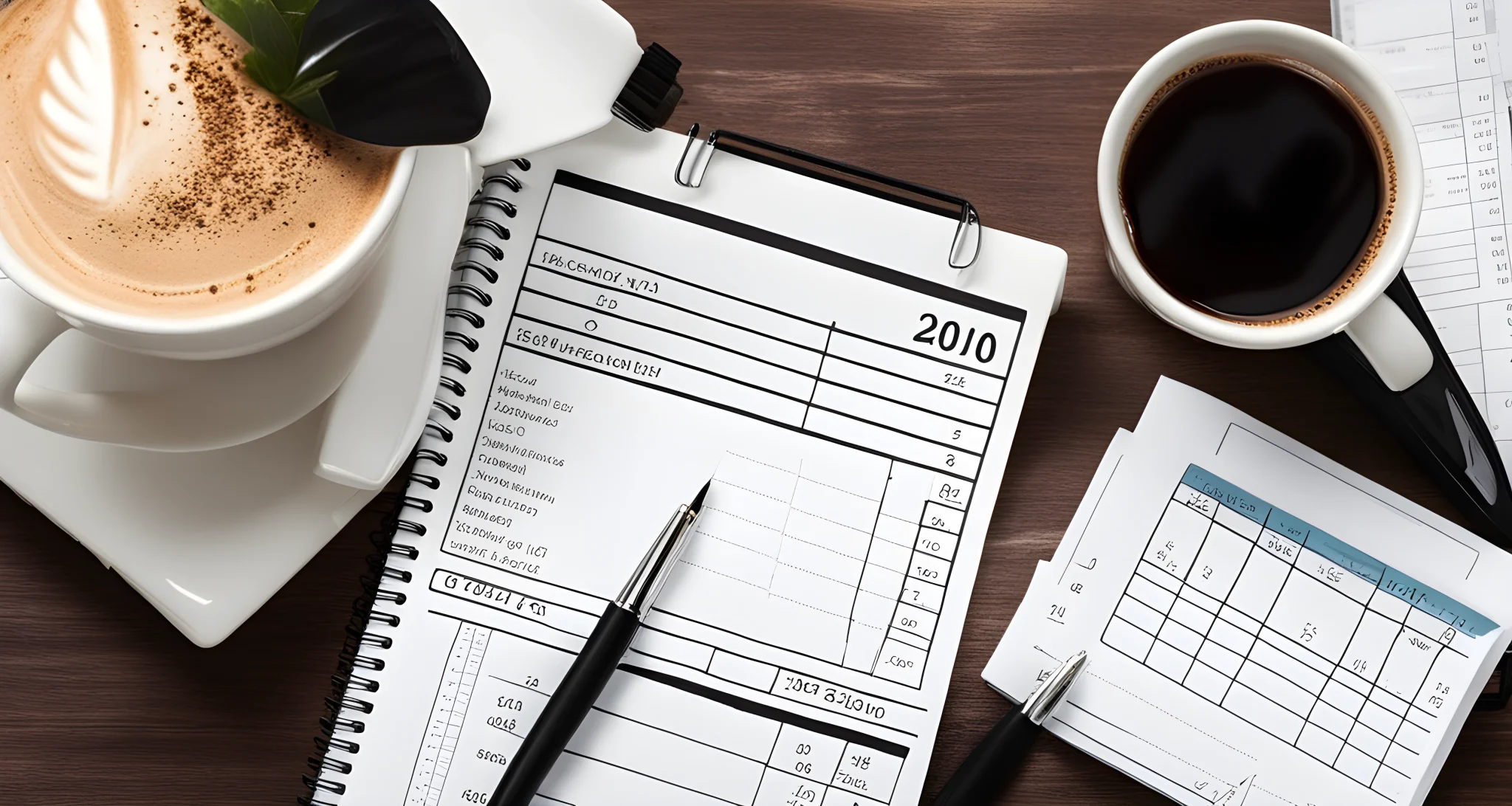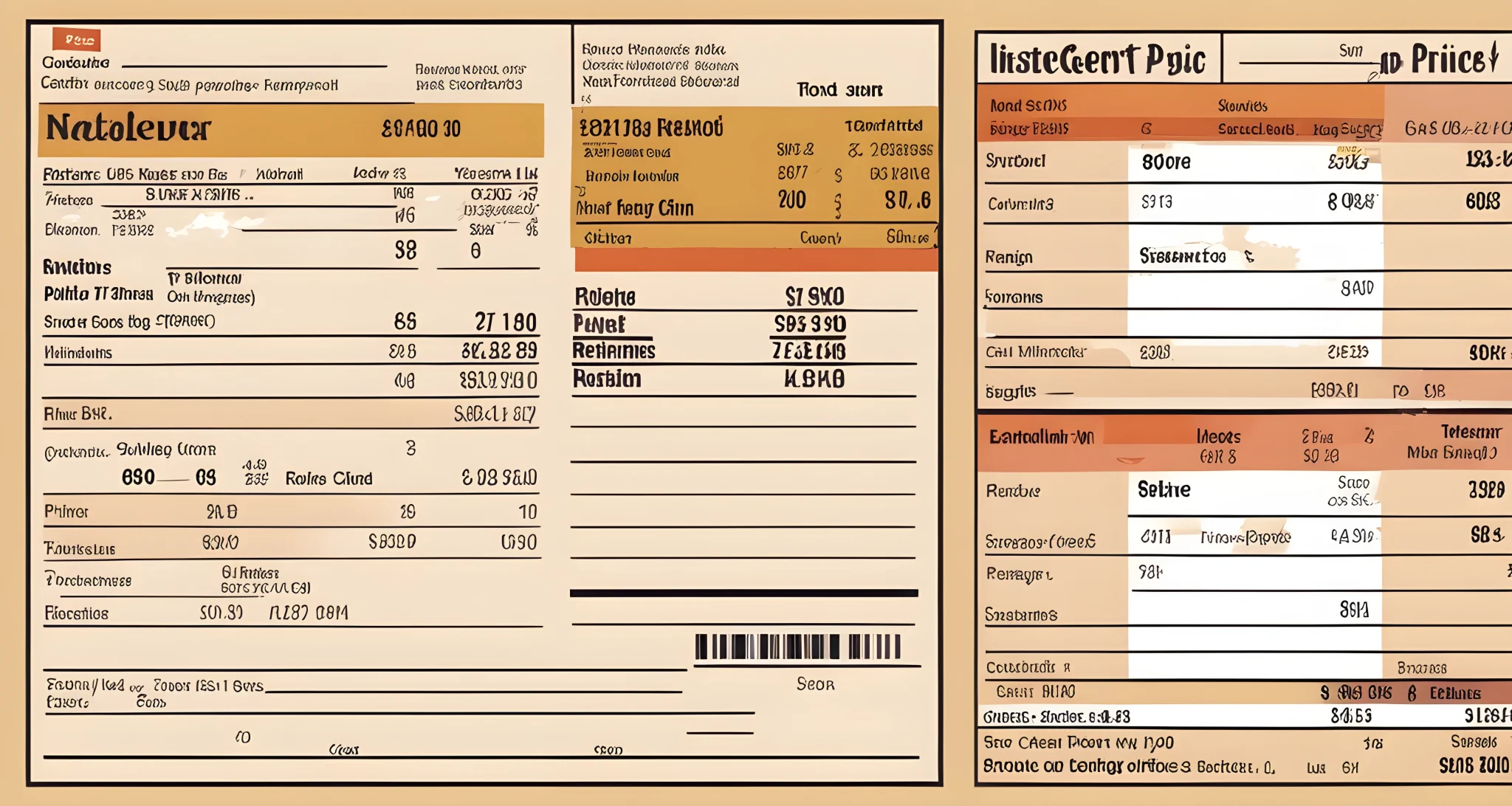Introduction
Traveling on a budget can be a challenging yet rewarding experience. From finding affordable accommodations to planning transportation, there are many factors to consider when trying to stick to a budget while on the road. One important aspect of budget travel is figuring out how to eat cheaply while still enjoying delicious and satisfying meals.
Eating Cheaply on the Road
When it comes to budget-friendly travel tips for eating out, it’s essential to plan ahead and make use of local resources. By being strategic about where and what you eat, it’s possible to save money without sacrificing the enjoyment of trying new and delicious foods. Here are some key strategies for eating cheaply while traveling:
- Planning Ahead: Researching affordable dining options in advance can help you find budget-friendly restaurants, food markets, and street vendors at your destination.
- Local Resources: Take advantage of local markets, grocery stores, and supermarkets to purchase inexpensive snacks and meal ingredients.
- Cultural Exploration: Embrace the local cuisine by trying traditional dishes that are both authentic and affordable.
- Budget-Friendly Dining: Seek out restaurants that offer affordable menus or daily specials, and consider sharing meals with travel companions to save money.
Utilizing Travel Budget Sticking Strategies
In addition to these tips, it’s important to incorporate budget sticking strategies into your overall travel planning. By creating a detailed travel budget spreadsheet and refining your expenses with specific categories, you can ensure that you have allocated enough funds for dining while staying within your budget. For more information on sticking to your travel budget, check out this article on Travel Budget Sticking Strategies.
In the following sections of this article, we will delve deeper into specific factors to consider when planning a budget-friendly dining experience while traveling. From creating a detailed travel budget spreadsheet to refining expenses by item or category, we will provide practical advice for making the most of your dining budget while on the road.
As you continue reading, you will gain valuable insights into how to effectively manage your dining expenses while traveling on a budget. With careful planning and strategic decision-making, you can enjoy delicious meals without breaking the bank during your adventures around the world. Stay tuned for more tips on creating a memorable culinary experience while staying within your travel budget.

Factors to Consider for Budget Travel
When planning a budget-friendly trip, there are several important factors to consider in order to ensure that you allocate your funds wisely. By taking these factors into account, you can create a realistic and comprehensive travel budget that covers all of your expenses. Here are some key factors to consider for budget travel:
Destination and Cost of Living
- Research the cost of living in your destination. Some cities and countries are more expensive to visit than others, so it’s important to factor this into your budget.
- Consider using Inexpensive Journey Planners to find affordable destinations and plan your trip accordingly.
Transportation
- Determine the cost of transportation to and from your destination, as well as any internal transportation costs once you arrive.
- Research different transportation options such as public transit, ride-sharing services, and bike rentals to find the most cost-effective means of getting around.
Accommodation
- Research the cost of accommodation in your destination and look for budget-friendly options such as hostels, guesthouses, or vacation rentals.
- Consider staying in accommodations with kitchen facilities so that you can prepare some of your own meals and save on dining expenses.
Food and Dining Expenses
- Allocate a reasonable amount for food and dining expenses in your travel budget. Consider how many meals you’ll be eating out each day, whether you’ll be buying groceries, and how much you plan to spend on snacks.
- Look for local markets and grocery stores where you can purchase affordable food items to enjoy during your trip.
Activities and Entertainment
- Consider the cost of activities and entertainment in your destination. Look for free or low-cost attractions and activities to include in your itinerary.
- Research any discounts or special offers available for attractions and entertainment options in the area.
Currency Exchange and Fees
- Be mindful of currency exchange rates and any associated fees when withdrawing money or using credit cards abroad.
- Consider using a no-fee credit card or pre-paid travel card to minimize currency exchange costs.
By taking these factors into consideration when creating a travel budget spreadsheet, you can ensure that you have a comprehensive understanding of the costs involved in your trip. This will allow you to make informed decisions about where to allocate your funds and how to make the most of your budget-friendly travel experience.

Creating a Detailed Travel Budget Spreadsheet
When it comes to budgeting for travel, creating a detailed travel budget spreadsheet can help you stay organized and on track with your spending. By breaking down your expenses into categories, you can effectively manage your finances and ensure that you’re not overspending. Here are some tips for creating a detailed travel budget spreadsheet:
Refining Your Budget with Expense Categories
- Identify Your Expenses: Start by identifying all the expenses you’re likely to incur during your trip. This may include accommodation, transportation, food, activities, and other miscellaneous costs.
- Separate Your Expenses: Refining your budget with expense categories can help you track your spending and identify areas where you can cut costs. By separating out food expenses from other travel costs, you can see exactly how much you’re spending on meals and snacks.
- Track Your Spending: Once you’ve identified your expense categories, be diligent about tracking your spending in each category. This will help you stay within your budget and avoid overspending.
Budgeting by Item or Category
- Itemize Your Expenses: If you prefer a more detailed approach, consider budgeting by item rather than category. This means breaking down each expense into specific items (e.g., breakfast, lunch, dinner) rather than lumping them into a general "food" category.
- Allocate Funds Wisely: Whether you choose to budget by item or category, it’s important to allocate funds wisely. Determine how much money you want to spend in each area and stick to those limits.
As part of refining your budget with expense categories, it’s also important to consider factors that may affect your spending while traveling. Factors such as exchange rates, local pricing differences, and unexpected expenses can all impact your budget. By staying organized and keeping track of your spending in a detailed travel budget spreadsheet, you can better manage these factors and avoid any financial surprises during your trip.
For more tips on frugal traveling and saving money while on the road, check out Tips for Frugal Traveling. With these resources and careful planning, you can enjoy a budget-friendly trip without sacrificing the quality of your experience.

Refining Your Budget with Expense Categories
When it comes to budget-friendly travel, refining your budget with expense categories is essential for staying on track and avoiding overspending. Here are some tips for effectively managing your travel expenses:
Packing Snacks from Home
One strategy for eating cheap while traveling is to pack snacks from home. Non-perishable items like granola bars, nuts, and cheese can help you avoid expensive restaurant meals and keep hunger at bay during long days of sightseeing. This can save you money on food costs, allowing you to allocate those funds to other aspects of your trip.
Creating a Detailed Travel Budget Spreadsheet
To refine your budget with expense categories, start by creating a detailed travel budget spreadsheet. Include categories such as transportation, accommodation, food, activities, and miscellaneous expenses. This will help you visualize where your money is going and identify areas where you can cut back.
Prioritizing Essential Expenses
Prioritize essential expenses such as transportation and accommodation, and allocate a specific portion of your budget to each category. This will ensure that you have enough funds set aside for the most important aspects of your trip, while also allowing you to see how much you have left over for other expenses.
Tracking Daily Spending
Keep track of your daily spending by recording each purchase in the appropriate expense category. This will help you stay accountable and avoid overspending in any particular area. Consider using a budgeting app or carrying a small notebook to jot down expenses throughout the day.
Meal Planning
Plan your meals in advance to avoid overspending on food. Research affordable dining options in your destination and consider cooking some of your own meals. On-the-Go Cooking Hacks can provide helpful tips for preparing simple and cost-effective meals while traveling.
Setting Limits for Non-Essential Expenses
Set limits for non-essential expenses such as souvenirs, entertainment, and shopping. By establishing boundaries for these discretionary purchases, you can prevent impulse buying and ensure that you stay within your overall budget.
Flexibility and Adjustment
Be prepared to adjust your budget as needed based on unforeseen circumstances or unexpected expenses. It’s important to remain flexible and willing to make changes to your spending plan in order to stay within your means.
By refining your budget with expense categories and following these tips, you can effectively manage your travel expenses and enjoy a budget-friendly trip without sacrificing the quality of your experience.

Budgeting by Item or Category
When it comes to budget-friendly travel tips for eating out, one effective way to manage your expenses is by budgeting by item or category. This approach allows you to allocate specific amounts of money for different food-related expenses, helping you stay on track with your overall travel budget.
Benefits of Budgeting by Item or Category
- Control Spending: By allocating specific amounts for meals, snacks, and beverages, you have better control over your spending and can avoid overspending in any one category.
- Prioritize Expenses: Budgeting by item or category allows you to prioritize your food expenses based on what’s most important to you. For example, if you’re a food lover, you might allocate more funds for dining experiences and local cuisine.
- Avoid Surprises: Having a clear breakdown of your food expenses helps you avoid surprises and ensures that you have enough funds set aside for all your dining needs.
Tips for Budgeting by Item or Category
- Research Local Dining Options: Another way to save money on food while traveling is to seek out local dining options. Eating at street stalls and local restaurants can provide a more authentic experience while also offering better deals and lower prices than tourist-oriented establishments.
- Create a Detailed Food Budget: When budgeting by item or category, create a detailed food budget that includes separate allocations for meals, snacks, beverages, and any special dining experiences you want to enjoy during your trip.
- Track Your Expenses: Use a travel budget spreadsheet to track your food expenses by item or category. This will help you stay within your allocated budget and make adjustments as needed throughout your trip.
Final Thoughts
Budgeting by item or category is an effective way to manage your food expenses while traveling. By allocating specific amounts for meals, snacks, beverages, and dining experiences, you can ensure that you stay within your overall travel budget while still enjoying delicious and authentic culinary experiences. Whether you’re savoring street food in a bustling market or indulging in a fine dining experience at a local gem, budgeting by item or category allows you to make the most of your travel dining experiences without overspending.
FAQ
How can i save money on meals while traveling?
You can save money by packing snacks, grocery shopping for picnic items, eating at local restaurants, avoiding excessive snacking, cooking your own food if possible, enjoying picnics, and taking advantage of free hotel breakfasts.
What are some cost-effective snack options for travel?
Consider bringing non-perishable snacks like sandwiches, granola or protein bars, nuts, apples, string cheese, peanut butter pretzels, crackers, and carrots from home to avoid expensive restaurant meals.
Is it cheaper to eat at local restaurants while traveling?
Eating at local restaurants and street stalls can often be cheaper and more authentic than tourist restaurants. you may also find great deals on meals like lunch specials and street food.
How can i experience local cuisine without spending a lot?
If you have access to a kitchen, cooking your own meals can be a great way to save money and experience local cuisine. additionally, consider enjoying a cost-effective picnic lunch at a scenic spot.
